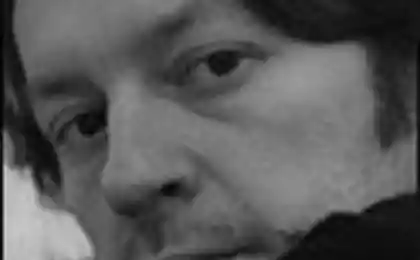477
Stefan Sagmeister: "My style is built around the person"
Stefan Sagmeister is one of the most amazing designers of our time. He made a huge poster of the 10,000 bananas, and for the other poster used his own body. He makes lists of everything, manages to embed in the client orders their own rules of life, and now is making a film about happiness. The author of the iconic album covers of the Rolling Stones and Lou reed took part in the exhibition "Undeground images" in Saint-Petersburg and we took the opportunity to talk with Sagmeister about meditation, smart customers, contradictions and the state of modern design.

— Let's start with your own quotes. You say: "For the student to have a distinctive style — it is a crime, for a novice designer — incredible stupidity, for an established designer a possibility. For the deceased designer's need." You're an accomplished designer. How would you describe your own style?
— This statement is very much in my spirit. My style is built around the person: all your designs I think to the viewer it was obvious that design was done by a person, not a machine.
If you call a big company, what you will hear? The first is "to speak in English, press 1". You will instantly feel the folly of the modernist approach to communication. Bauhas tried to sing a mechanical communication, because they were sick from the historicism of the nineteenth century, they tried to create something new for the new time. If you are in 2015, use plenty of white space 8 PT Helvetica and the sickening images from microstock, then you are just stupid, you're an incredibly boring person. You seem to pretend to be an answering machine, answering a phone call.
— Not so long ago you made an angry speech about storytelling. You said that today, even the designer of roller skates imagines with your product tells the stories and that is terribly annoying.
— I'm not against storytelling and the professional storytellers — writers and writers. But I have an aversion to fashion for this term: it is used so often that it's almost lost its meaning.
But on the other hand we must not forget that the text and the written word is an integral part of the design. To be able to Express yourself in a letter is as important as to be able to Express their ideas in visual form.



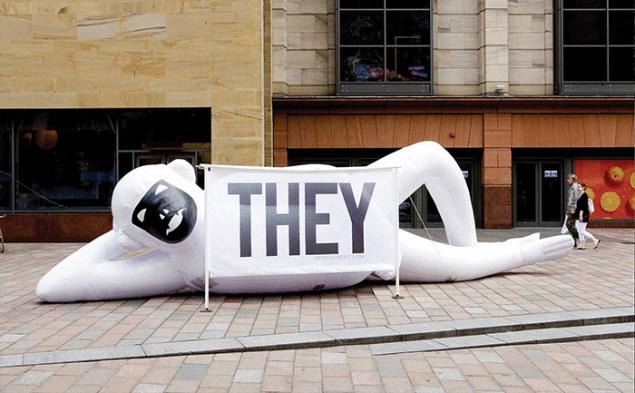
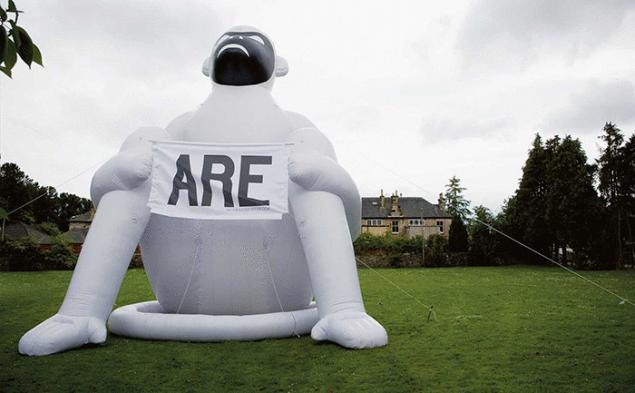
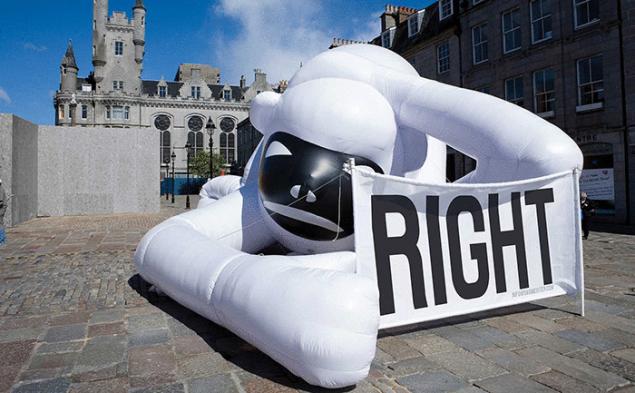
— What else annoys you in the modern design?
— I am annoyed by designers who believe that "work on outer beauty" is below their dignity, I could upset the customers or their own unwillingness to risk big.
I once asked Milton Glaser, what achievement he is most proud of. He said that his greatest achievement is the fact that over 50 years of experience in the design, it still is interesting that he feels very passionate about. For myself, I realized that to arrange a sabbatical year — is the best medicine.
— You are known by many projects and the most famous of them is the album art Lou reed, Rolling Stones and so on. How it works at all process, is it difficult to transform the music in the picture — and harder to make the design of a music album than a book cover?
— Much easier. This is amazing, I love him very much. You are working with something very emotional music, and the music initially has no visual accompaniment. That is why in the history of the music industry you can find much more masterpieces of design than, for example, among the posters for films. Most of these movie posters — mediocre quality, and often they depicted exclusively with actors or Actresses who have become icons of pop culture.
— In the case of the Rolling Stones you had to create an identity for the object with the already existing strong identity. The same can be seen outside the music industry — when you worked with the logo of the Casa de Musica by REM Koolhaas. How to do it right, because you had to balance the contribution of the designer and the existing history? Do I need the designer to move his ego in this case?
— Yes, in both cases we had something to do with the complexity of identity. What we have added, in the first case had a reference to a specific life stage group tour Bridges to Babylon. In the second case, we were doing a timeless design. You can see that both of these projects turned out completely different — both in conception and in style, and to use. It is interesting that the Rolling Stones never played at Casa de Musica.
— How do you choose clients? I know you only work with people that you like, and in one documentary you made a joke that they only work with people who are smarter than you.
I don't need to work with people that are smarter than me. The mind is something that I find funny but not very productive in perspective. Suits me more, if customers are wiser me — that often happens. In the work greatly helps if the product, organization or service — this is what the world really needs what we can use for yourself — and reasonable people often do such things. And finally, clients should offer adequate time and budget. And we don't do pitches.
— You have changed over time in the design? Have you changed your views on life?
— I used to think that if you set yourself a goal to become happy, you can easily achieve with the help of certain purposeful actions. What you can train your mind just as and your body. I followed the recommendation of one of my favorite psychologists, Jonathan Haidt, and tried to apply three effective strategies for three months. I was doing meditation, cognitive therapy, used medication. All three strategies worked, but miraculously, I didn't feel happy.
Now it seems to me that it is impossible to solve a complicated problem straightforward, using a set of simple and targeted action. The same will be true for more simple purposes: when painters in the nineteenth century tried to convey the beauty directly, there was kitsch. When modernists tried to follow function, they received a block of the house that were not entirely suited for the main tasks they had not performed their function. These houses were absolutely not adapted to life, and many of them were blown up.

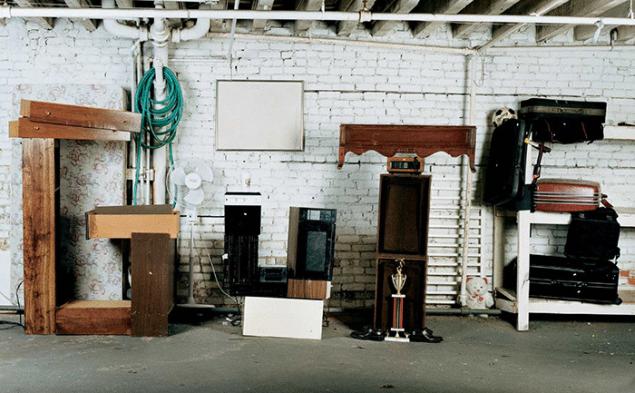

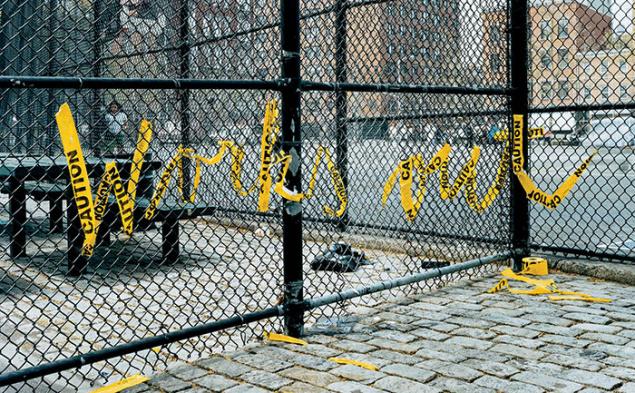

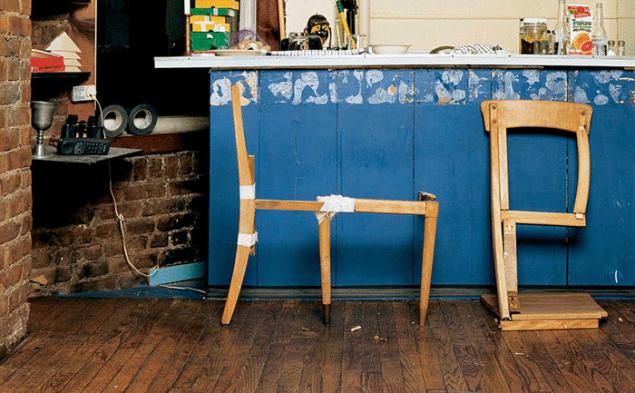
— How do you feel about the consumer society? On the one hand, you stand up for the responsibility of the designer and declare, what not in money happiness, on the other hand, during the lecture on TED to admit that he is enjoying consumption.
I always contradicts himself. I spend many evenings in the galleries of Chelsea and truly enjoy exhibitions of work, which everyone will forget in six months, but it does not bother me to abuse the stupidity of the art market. I love Japanese food, but at dinner in a Japanese restaurant can actively condemn excessive fishing as a threat to the biological diversity of fish in the ocean.published
P. S. And remember, just changing your mind — together we change the world! ©
Source: theoryandpractice.ru

— Let's start with your own quotes. You say: "For the student to have a distinctive style — it is a crime, for a novice designer — incredible stupidity, for an established designer a possibility. For the deceased designer's need." You're an accomplished designer. How would you describe your own style?
— This statement is very much in my spirit. My style is built around the person: all your designs I think to the viewer it was obvious that design was done by a person, not a machine.
If you call a big company, what you will hear? The first is "to speak in English, press 1". You will instantly feel the folly of the modernist approach to communication. Bauhas tried to sing a mechanical communication, because they were sick from the historicism of the nineteenth century, they tried to create something new for the new time. If you are in 2015, use plenty of white space 8 PT Helvetica and the sickening images from microstock, then you are just stupid, you're an incredibly boring person. You seem to pretend to be an answering machine, answering a phone call.
— Not so long ago you made an angry speech about storytelling. You said that today, even the designer of roller skates imagines with your product tells the stories and that is terribly annoying.
— I'm not against storytelling and the professional storytellers — writers and writers. But I have an aversion to fashion for this term: it is used so often that it's almost lost its meaning.
But on the other hand we must not forget that the text and the written word is an integral part of the design. To be able to Express yourself in a letter is as important as to be able to Express their ideas in visual form.






— What else annoys you in the modern design?
— I am annoyed by designers who believe that "work on outer beauty" is below their dignity, I could upset the customers or their own unwillingness to risk big.
I once asked Milton Glaser, what achievement he is most proud of. He said that his greatest achievement is the fact that over 50 years of experience in the design, it still is interesting that he feels very passionate about. For myself, I realized that to arrange a sabbatical year — is the best medicine.
— You are known by many projects and the most famous of them is the album art Lou reed, Rolling Stones and so on. How it works at all process, is it difficult to transform the music in the picture — and harder to make the design of a music album than a book cover?
— Much easier. This is amazing, I love him very much. You are working with something very emotional music, and the music initially has no visual accompaniment. That is why in the history of the music industry you can find much more masterpieces of design than, for example, among the posters for films. Most of these movie posters — mediocre quality, and often they depicted exclusively with actors or Actresses who have become icons of pop culture.
— In the case of the Rolling Stones you had to create an identity for the object with the already existing strong identity. The same can be seen outside the music industry — when you worked with the logo of the Casa de Musica by REM Koolhaas. How to do it right, because you had to balance the contribution of the designer and the existing history? Do I need the designer to move his ego in this case?
— Yes, in both cases we had something to do with the complexity of identity. What we have added, in the first case had a reference to a specific life stage group tour Bridges to Babylon. In the second case, we were doing a timeless design. You can see that both of these projects turned out completely different — both in conception and in style, and to use. It is interesting that the Rolling Stones never played at Casa de Musica.
— How do you choose clients? I know you only work with people that you like, and in one documentary you made a joke that they only work with people who are smarter than you.
I don't need to work with people that are smarter than me. The mind is something that I find funny but not very productive in perspective. Suits me more, if customers are wiser me — that often happens. In the work greatly helps if the product, organization or service — this is what the world really needs what we can use for yourself — and reasonable people often do such things. And finally, clients should offer adequate time and budget. And we don't do pitches.
— You have changed over time in the design? Have you changed your views on life?
— I used to think that if you set yourself a goal to become happy, you can easily achieve with the help of certain purposeful actions. What you can train your mind just as and your body. I followed the recommendation of one of my favorite psychologists, Jonathan Haidt, and tried to apply three effective strategies for three months. I was doing meditation, cognitive therapy, used medication. All three strategies worked, but miraculously, I didn't feel happy.
Now it seems to me that it is impossible to solve a complicated problem straightforward, using a set of simple and targeted action. The same will be true for more simple purposes: when painters in the nineteenth century tried to convey the beauty directly, there was kitsch. When modernists tried to follow function, they received a block of the house that were not entirely suited for the main tasks they had not performed their function. These houses were absolutely not adapted to life, and many of them were blown up.






— How do you feel about the consumer society? On the one hand, you stand up for the responsibility of the designer and declare, what not in money happiness, on the other hand, during the lecture on TED to admit that he is enjoying consumption.
I always contradicts himself. I spend many evenings in the galleries of Chelsea and truly enjoy exhibitions of work, which everyone will forget in six months, but it does not bother me to abuse the stupidity of the art market. I love Japanese food, but at dinner in a Japanese restaurant can actively condemn excessive fishing as a threat to the biological diversity of fish in the ocean.published
P. S. And remember, just changing your mind — together we change the world! ©
Source: theoryandpractice.ru




















